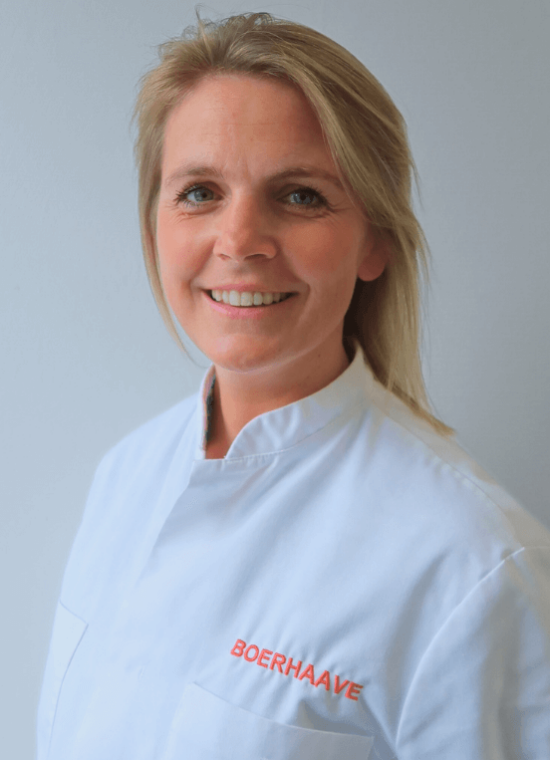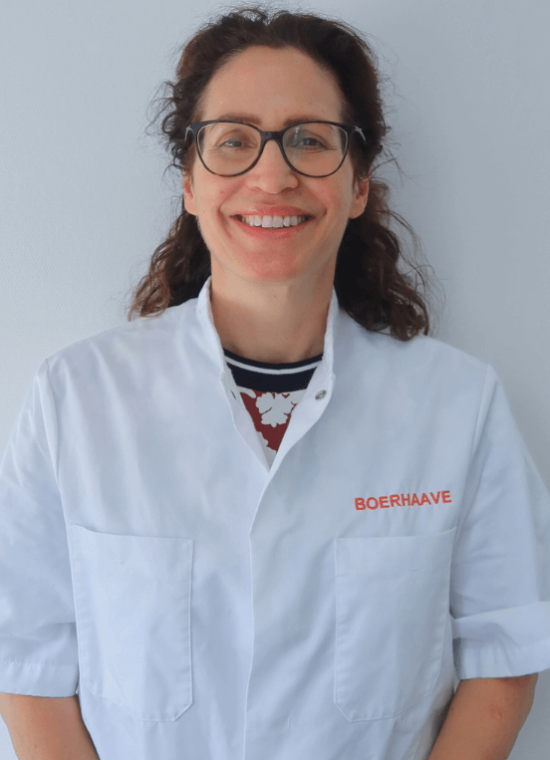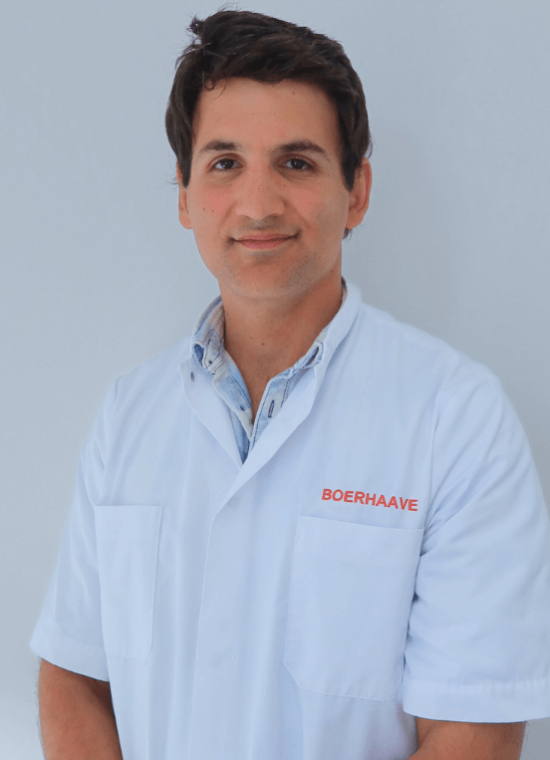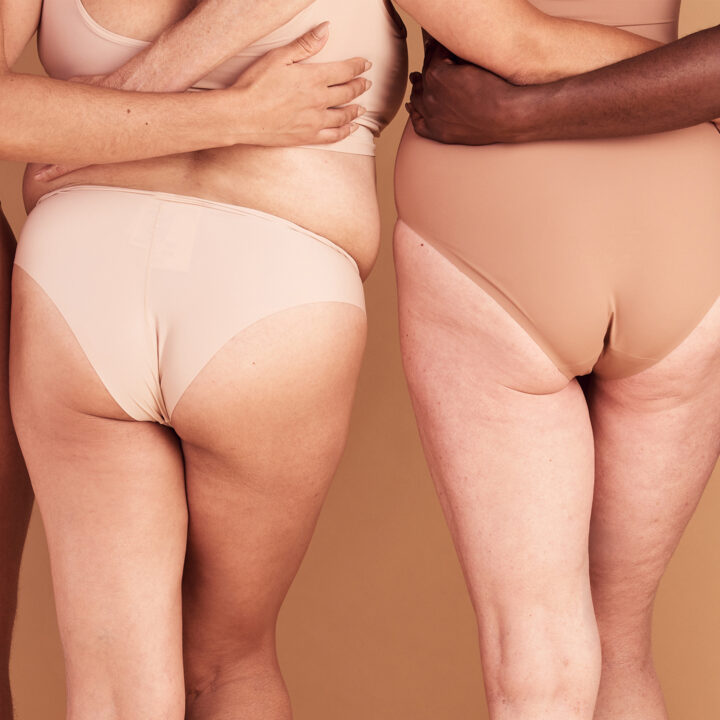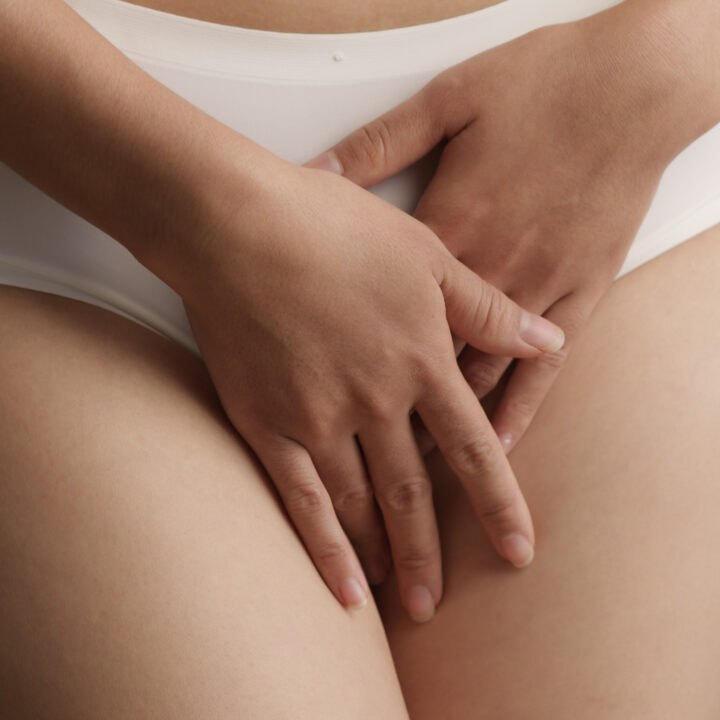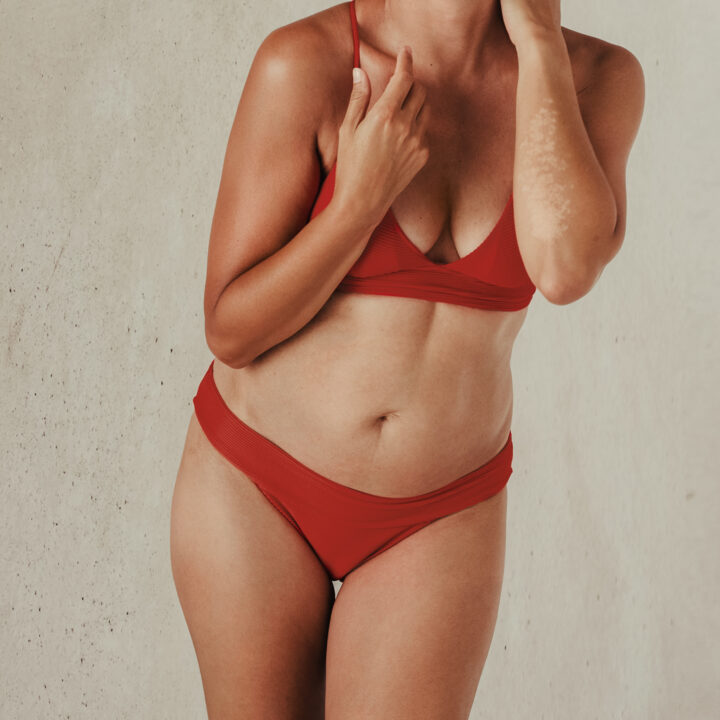Scar correction
Scars may form when the skin on the human body is damaged, whether this is as a result of surgery, an accident or burn. The options for having the scar corrected via plastic surgery are not always optimal – sometimes another alternative may be recommended.
Scars can also be thick and raised (hypertrophic scars) or may even spread outside the initial area of injury, forming excessive tissue (keloid scars). This excessive scarring is more common in people with darker pigmented skin or very pale reddish skin. Certain parts of the body, such as the shoulders and sternum, are more prone to scar formation than other parts of the body.
What does the scar correction cost
We guide you step by step before, during and after treatment
01 More information
Certain parts of the body, such as your back or shoulders, are more prone to scar formation. Your skin type and the direction in which the scar is running compared with the skin tension lines may also affect the appearance of the scar. They can be clearly visible on the face when the facial muscles are tensed.
The formation of the scar and pressure on the edges of the wound during recovery are further factors that may affect the way a scar looks. Increased pressure on the wound when it is stitched often produces a wider scar.
The aim of scar correction is to improve the appearance of the scar. However, it is important to bear in mind that no matter how carefully a scar correction procedure is performed, final results cannot be guaranteed.
Apart from scar correction procedures, there are also other methods for treating thick or raised scars, for example through injections with corticosteroids, pressure therapy, silicone sheets or radiation. These alternative treatments may reduce the elevation of the scar tissue, but they will not alter the width of the scar.
As will be clear from the above, scar correction will make a scar less noticeable, but it will never make it disappear.
02 Consultation
Plastic surgeon
The consultation is always held with the plastic surgeon who will be carrying out your procedure.
During this consultation, you will discuss what bothers you most about your scar. Your plastic surgeon will take photos for your medical file, and will examine your scar. The plastic surgeon will then suggest the most suitable surgical technique for you and discuss it with you. In front of a mirror, you will be shown what this technique will entail and what you can expect in terms of end results.
The expected recovery period and any risks and complications will also be talked through with you.
A summary of your consultation will be set out in a treatment plan, and the overall costs will be discussed with you directly. The consultation will take approximately 30 minutes, and aims to inform you as clearly and fully as possible.
Consultants
Following on from your first consultation with your plastic surgeon, you will have an appointment with your consultant. The aim of this appointment is to tell you about the general aspects to be arranged with respect to your scar correction.
03 Procedure
The operation is usually carried out under local sedation. Before the procedure, the plastic surgeon carefully marks out what they are going to do, in accordance with the operation plan. The local sedation or general anaesthetic is then administered. The plastic surgeon makes an incision in the area marked out beforehand, and the scar is removed.
It may be necessary to do a bit more than just close the wound. Plastic surgeons have various techniques they use to make the scar irregular. This aids the healing of the scar, because the skin will not pull in a straight line. These techniques usually involve making the incision into a w- or z-shape. Once your old scar has been removed, the plastic surgeon stitches the wound together with very fine absorbable stitches. A couple of small plasters are then placed over the wound.
04 After care and recovery
Shortly after your scar correction procedure, you may experience increasing pain around the new scar. This is because the sedation is starting to wear off. It is annoying, but the pain is usually manageable.
Recovery
The treated area may be slightly bruised, sore and swollen. The new scar may also be reddish in colour and raised shortly after the procedure. You shouldn’t worry about this, as it is your body’s natural reaction. This may last for a couple of weeks, and will disappear over the course of time.
Scar cream
At your first check-up, you will be given a scar care cream to take home with you. Once the wound has closed and the scabs have disappeared, you can start applying the scar cream. If you apply this cream to the closed wound twice a day, you increase the chance of the wound healing nicely.
Results
The plastic surgeon will do everything they can to ensure that the scars are virtually invisible. The scars will initially be red and swollen, but this will start to fade after a couple of weeks. It is useful to know that a scar takes 1 to 1½ years to completely calm down. So remember to apply the scar cream to your scars and stay out of the sun. After the first year, always use factor 30 or higher when you are in the sun, to protect your skin.
05 Risks and complications
It is important you are aware that every surgical intervention can entail risks and complications. Even though a scar correction is a minor intervention, we adopt professional procedures to ensure that any risks and complications are kept to an absolute minimum.
Possible complications of a scar correction may be:
- Haematoma (blood clot under the skin which has to be removed)
- Adverse reaction to the sedation
- Haemorrhaging
- Infection
- Permanent scars
- Unsatisfactory aesthetic result.
Smoking
Patients who smoke or use tobacco or nicotine products (such as nicotine patches and chewing gum) at the time of their surgery have a greater risk of complications, such as skin loss and impaired wound healing. People who are exposed to passive smoking may also have an increased risk of complications such as these. What’s more, smoking may have a negative effect on the anaesthesia, which may in turn lead to an increased risk of bleeding. People who are not exposed to tobacco smoke or nicotine-containing products have a significantly lower risk of such complications. It is important not to smoke for at least 2 weeks prior to the operation and to keep this up for the entire recovery process.
More information
Plan your appointment now in our agenda or let us call you back.
